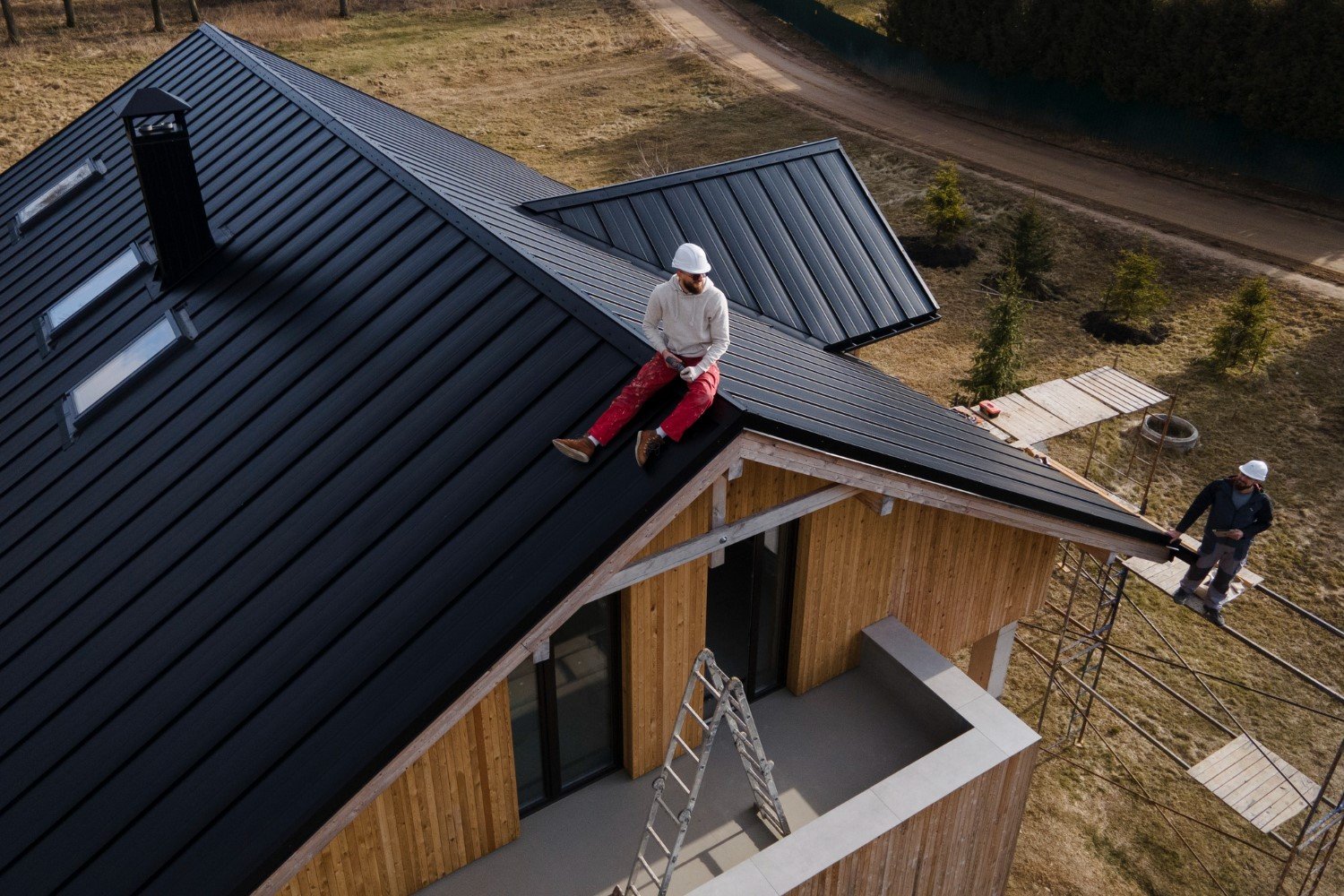
Mastering Roofing for Long-Lasting Protection
Roofing is a critical aspect of home construction and maintenance, providing essential protection from the elements and enhancing the overall aesthetics of a building. Mastering roofing techniques and understanding the nuances of different roofing materials and styles can significantly impact the longevity and performance of your roof. This blog delves into the key aspects of roofing expertise, offering insights into materials, techniques, and maintenance practices that ensure your home remains safe and durable.
Understanding Roofing Materials
- Asphalt Shingles: Widely used due to their affordability and ease of installation, asphalt shingles come in various colors and styles. They offer good protection and can last 15-30 years with proper maintenance.
- Metal Roofing: Known for its durability and longevity, metal roofing can withstand extreme weather conditions. It is energy-efficient, reflecting sunlight and reducing cooling costs. Metal roofs can last 40-70 years.
- Clay and Concrete Tiles: These materials are highly durable and offer a distinctive, elegant appearance. They are fire-resistant and can last up to 50 years. However, their weight requires a strong structural support system.
- Slate Roofing: Slate is one of the most durable roofing materials, often lasting over 100 years. It offers a natural, attractive look but is heavy and requires professional installation.
- Wood Shingles and Shakes: Providing a rustic charm, wood shingles and shakes are made from cedar, redwood, or pine. They require regular maintenance to prevent mold and rot but can last 20-40 years.
Essential Roofing Techniques
- Proper Installation: Correct installation is crucial for the performance and lifespan of a roof. Ensure that flashing, underlayment, and shingles are installed according to manufacturer guidelines.
- Ventilation: Adequate ventilation prevents moisture buildup and extends the life of the roof. Install vents at the ridge and eaves to allow for proper airflow.
- Insulation: Proper insulation keeps the home energy-efficient and prevents ice dams in colder climates. Use high-quality insulation materials and ensure they are correctly installed.
- Roof Pitch: The pitch of the roof affects water runoff and the type of materials suitable for your roof. Steeper pitches are better for areas with heavy rainfall, while flatter roofs require more waterproofing.
- Sealing and Flashing: Proper sealing around roof penetrations like chimneys, vents, and skylights is essential to prevent leaks. Use high-quality flashing materials and ensure they are correctly installed.
Maintenance Practices for Longevity
- Regular Inspections: Conduct bi-annual roof inspections to identify and address issues like missing shingles, leaks, and moss growth early.
- Gutter Cleaning: Clean gutters regularly to prevent water buildup and roof damage. Ensure downspouts direct water away from the foundation.
- Moss and Algae Control: Moss and algae can damage roofing materials over time. Use roof-safe treatments to remove and prevent growth.
- Repairing Damage: Promptly address any damage caused by storms or wear and tear. Replace missing or damaged shingles and fix leaks immediately to prevent further issues.
- Professional Maintenance: Engage professional roofing services for thorough inspections and maintenance. Professionals can identify potential problems that might be missed during a DIY inspection.
Conclusion
Roofing expertise is vital for ensuring your home remains safe, durable, and aesthetically pleasing. By understanding different roofing materials, mastering essential techniques, and adhering to regular maintenance practices, homeowners can significantly extend the life of their roofs. Investing in quality materials and professional installation can prevent costly repairs and enhance the overall value of your home. With proper care and attention, your roof can provide reliable protection and contribute to the long-term comfort and safety of your home.
